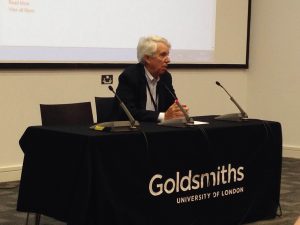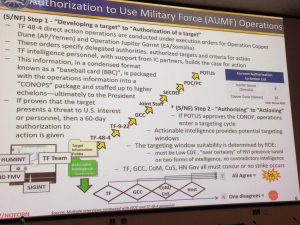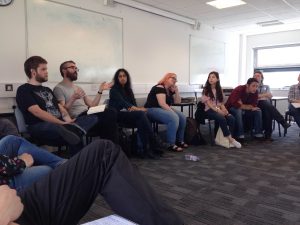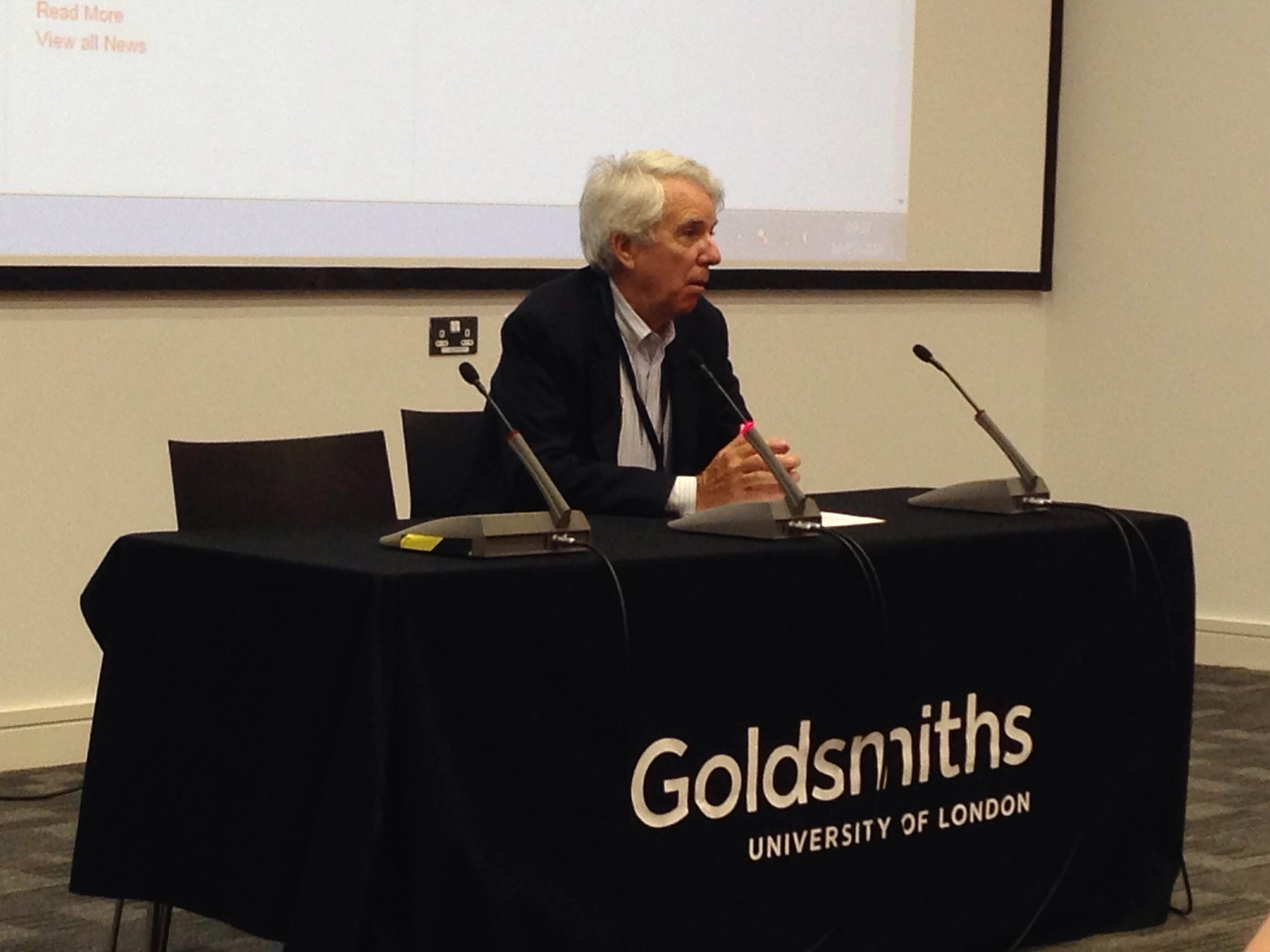
Abdulwahab Tahhan writes about attending the Centre for Investigative Journalism’s summer conference.
As an inexperienced, and at best a citizen journalist who hasn’t published more than a couple of articles and a film, I was very excited to attend my first “ Investigative Journalism conference in which I thought I would get some useful and exclusive insights about this new trend of journalism.
There were some big names on the bill, starting with the Pulitzer winner, James Steele, who talked about the importance of documents, how to use them and where to get them. The statistics we need to use in our research are all around us, but we need to know where to look and how to get them. For example, in one of the cases he investigated how much money people spend on pet care and Mr. Steele got some bills and receipts needed for this piece from the guy’s third wife who was suing for divorce. The court had made the documents public and he had access to those files.
One of the things Mr. Steele emphasized is that one should not just examine the documents related to the event or story one is covering, but also investigating what had happened before the actual event. Most events accumulate and pile up, so in order to understand what is happening now, we need to look up how it started in the first place and that usually means going back a few months or a few years. Mr. Steele concluded by saying “I can trust this person” is the worst phrase in journalism because, in his experience, hackers are very convincing people, but they don’t tell you the truth.
I think this was the thing I agree with him the most on because I come from an academic background and I always teach my students to question every ‘fact’ somebody claims and double check the resources or documents before claiming they’re genuine. Having that in mind, it is very difficult, if not impossible, to prove someone is not telling the truth without running an in-depth investigation into the topic before interviewing someone. The research journalists do, or students in their research, is the most important and crucial part of the investigation, which leads to conducting an interview.
The second talk was about the work Intercept has done to hold the governments responsible for their drone strikes in different countries. We learnt how Snowden leaked some documents and how the military operates their drone program and the risks it involves. This talk was very interesting and really eye opening about the secret policies the U.S army adopts in some foreign countries, but I did not feel it was educational. In the first talk, we learned new ways to get and analyze documents, but the second talk was a showcase of the work they have done, so it was more of a presentation about their work, not the methodology of how they did it.

After lunch, there were three different sessions under “networking” titles and I decided to join the “ Journalistic start up” as the organizers advised me that it is suitable for new journalists to network and exchange contacts, though I would still insist that I am NOT a journalist yet but in the process of becoming one. The experience I have in the field is still very modest if it exists at all. The room for this “networking” workshop was big and full so I thought I would end up with lots of useful contacts and hopefully a collaboration or something, but unfortunately, I guess the organizers did not really understand or were familiar with the concept of networking, or maybe it was my fault because I understand networking as meeting people and talking to them. The “networking” starting with some people who are already journalists and are founders of “The Bristol Cable” a local newspaper in Bristol, and The Ferret, a local newspaper in Scotland, and the talk was about the difficulties they face running these local newspaper and how to get people to subscribe and some legal issues. I think it was a waste of time and I think the title was a bit misleading. However, the next presentation which was about using visual tools for visual investigation, was very interesting and the presenters, who work for a forensic architecture agency, displayed their work but again, when I asked them what tools and software they used for their work, the answer was a bit vague and not to the point. They said they would use whatever software available whether it is Photoshop or cinema4D or any other software. I was hoping they would show us the tools and how they did it so we could do it ourselves, but I think that requires a lot of time and special arrangements and access to computers.
The interesting thing for me was seeing all those journalists from different background who, like me, did not really know much about this new trend in journalism. I would definitely like to go again to the conference next summer, and hopefully attend it from day one.

